Fall Protection
Choosing Your Rubber Safety Gloves
5 Ways to Improve Bucket-to-Ground Communication
Fall Protection

Fighting Heat Stress With Effective Workwear
In a perfect world, we could all work in weather-controlled environments where heat wouldn’t be a factor and comfort could be maximized. Many workplaces however, deal with very high temperatures and heat stress is a year-round risk that requires serious consideration. For many years the standards addressing the prevention of heat stress-related issues went untouched. Recently the National Institute of Occupational Safety and Health (NIOSH) released an evaluation of the available data on this subject...
Related Articles
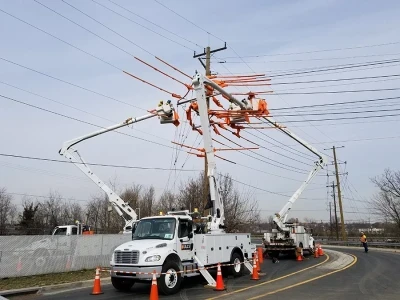
5 Ways to Improve Bucket-to-Ground Communication
Cranes, aerials and bucket trucks are common sights in construction zones and among maintenance crews around our cities. What better way to hoist materials to high places or to move workers closer to the task?When your crew includes an above-ground operator in a bucket or cab, they’re linked...

Electric Utility System Standards
How Ontario regulation can improve electrical safety BY BILL KHASHFE, London Hydro According to an Ontario Electrical Safety Report, 35 percent of the province’s electrical-related fatalities in the past 10 years were attributed to power-line contact. Equipment specifications and electric utility...
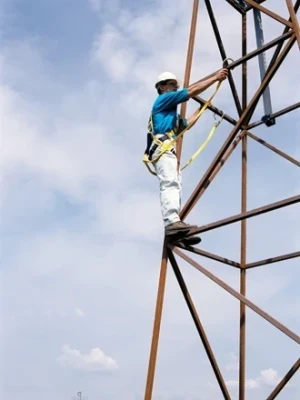
Tower Climbing Safety Equipment
What powerline technicians must know to stay safe BY JIM HUTTER, Capital Safety Most of modern life is powered by electrical energy, which is why transmission tower work continues to be an integral—yet extremely dangerous—part of the power distribution industry. The Occupational Safety and...
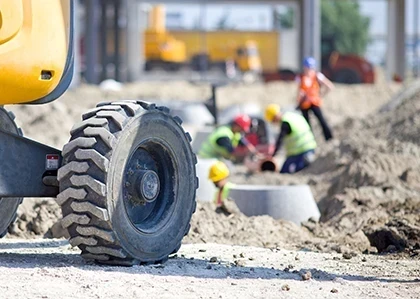
How to Prevent Struck-By and Backover Incidents
Struck-by, struck-against and back-over incidents are far too common: 421 Hudson St., Manhattan, NYC: Construction worker killed by scaffolding plank. Woods Hole Golf Club, Falmouth, MA: Construction worker injured in back-over accident. Interstate 440-East, Raleigh, NC: DOT workers seriously...
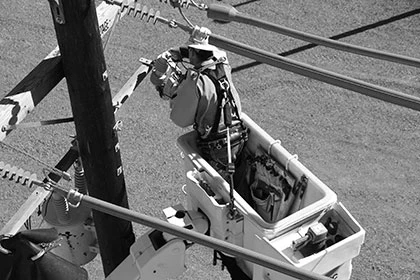
Fall Protection: The ABCs of Connecting Devices
A personal fall protection arrest system (PFAS) is comprised of three vital components: an anchorage, body wear (full-body harnesses), and a connecting device (a shock-absorbing lanyard or self-retracting lifeline). The safety of at-height workers depends on these three components, and each one...
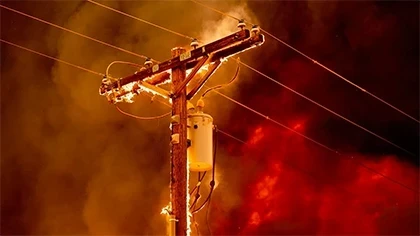
Lineman Safety during a Wildfire
If you wanted to create a recipe for disaster, the beginning of the 2021 wildfire season would be a good place to start. Nearly 90% of the western U.S. is suffering through extreme drought. The snowpack set new low levels there as well. A record-breaking heatwave steamrolled the Pacific Northwest...
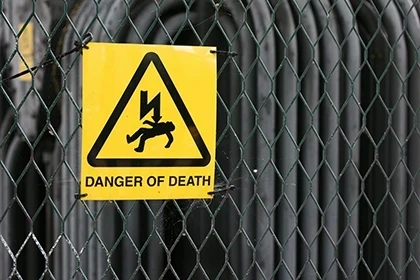
Hand Safety - Protective Gloves
Rubber insulating gloves are among the most important articles of personal protection for electrical workers. To be effective, the gloves must incorporate high dielectric and physical strength, along with flexibility and durability. For superior performance they should meet and/or exceed the...
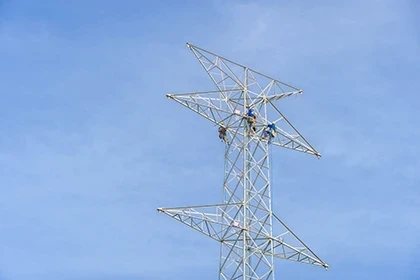
Testing Conditions and Guidelines for Personal Fall Protection Systems
1. PERSONAL FALL ARREST SYSTEMS (A) GENERAL TEST CONDITIONS Lifelines, lanyards, and deceleration devices should be attached to an anchorage and connected to the body-belt or body harness in the same manner as they would be when used to protect employees, except that lanyards should be tested only...
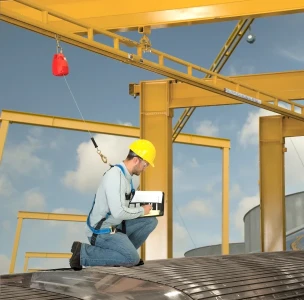
Fall Protection: The ABCs of Connecting Devices
A personal fall protection arrest system (PFAS) is comprised of three vital components: an anchorage, body wear (full-body harnesses), and a connecting device (a shock-absorbing lanyard or self-retracting lifeline). The safety of at-height workers depends on these three components, and each one...

ENHANCING REMOTE WORKER SAFETY
Remote field operations present the safety organization with a myriad of challenges when it comes to ensuring the safety of the people that you send out to work in the field every day. Without a doubt, this includes the line workers, but it also includes nearly every member of the staff whose...
